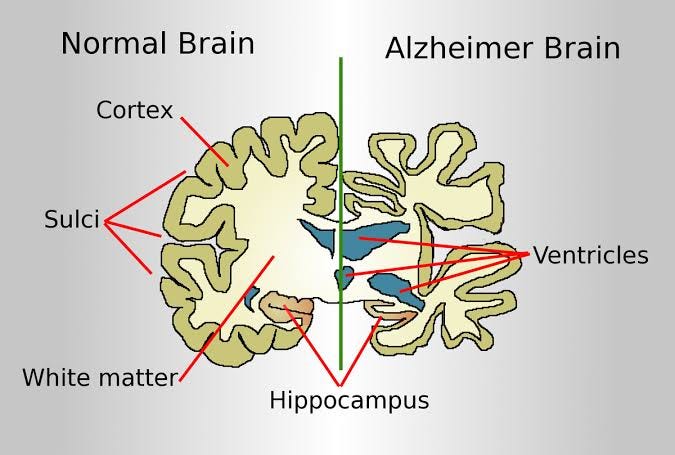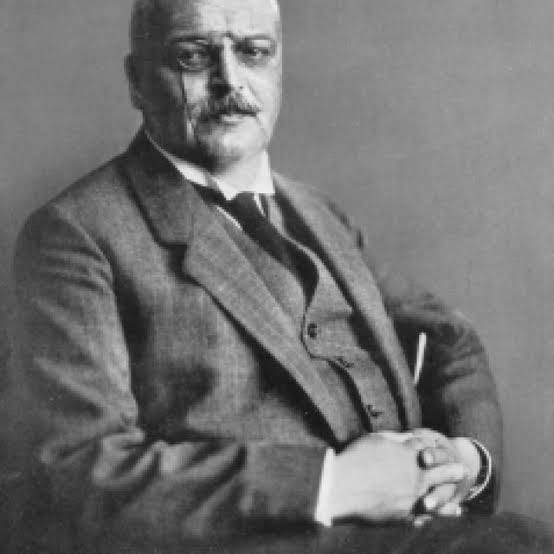September 21st is World Alzheimer’s Day.
More people die from Alzheimer’s every year than from breast cancer and prostate cancer combined, and millions are suffering from the disease. Today, one out of every nine people aged 65 or older has Alzheimer’s disease. Too many families are being forced to watch their loved ones go downhill and disappear. It’s a brutal way to lose someone, and right now, there’s no way to stop or even slow down the decline.
The current process for diagnosing Alzheimer’s is a huge hurdle standing in the way of a breakthrough. If we’re going to find a game-changing treatment, we will need to test many different hypotheses, which would mean we need to conduct lots of clinical trials. That requires recruiting a lot of participants early enough in their disease that a drug might make a difference. But patients have to show signs of cognitive decline before they know to get tested—which means that their Alzheimer’s is already quite advanced—so many potential volunteers aren’t eligible. We need a cheap, non-invasive way to diagnose patients early before their symptoms get too bad.
But what exactly is Alzheimer’s disease?
It is a progressive disease that destroys memory and other important mental functions.
Brain cell connections and the cells themselves degenerate and die, eventually destroying memory and other important mental functions.
Causes of Alzheimer’s Disease
Alzheimer's disease is thought to be caused by the abnormal build-up of proteins in and around brain cells. One of the proteins involved is called amyloid, deposits of which form plaques around brain cells. The other protein is called tau, deposits of which form tangles within brain cells.
When does it show up?
Damage occurring in the brain of someone with Alzheimer's disease begins to show itself in very early clinical signs and symptoms. For most people with Alzheimer's—those who have the late-onset variety—symptoms first appear in their mid-60s. Signs of early-onset Alzheimer's begin between a person's 30s and mid-60s. Most individuals with the disease are 65 and older. After age 65, the risk of Alzheimer's doubles every five years. After age 85, the risk reaches nearly one-third.
What kills with Alzheimer’s?
The vast majority of those with Alzheimer's die from aspiration pneumonia – when food or liquid go down the windpipe instead of the esophagus, causing damage or infection in the lungs that develops into pneumonia.
Treatment
Sadly, no cure exists instead a lot of management strategies to temporarily improve symptoms.
Before I wrap this up, let me tell you some history of Alzheimer’s disease.
Pythagoras, a Greek philosopher, spoke of “a human lifetime" in the 7th century BC and referred to the final years of human existence as the “senium." He used the term senium to characterise a period of mental and physical deterioration. Shakespeare wrote about it in several of his famous plays, such as ‘Hamlet’ and ‘King Lear,’ in the late 1500s and early 1600s, when the characters suffered from a lack of mental sharpness in old age.
Alois Alzheimer
It wasn’t until 1901 that Alois Alzheimer, a German psychiatrist, diagnosed the first instance in a 50-year-old German lady, and the disorder was named after him.
Later, in 1984, Alzheimer Disease International was formed, and on their tenth anniversary in 1994, they announced the inaugural of World Alzheimer’s Day, to be marked on September 21, while World Alzheimer’s Month was started in 2012.
Finally, my deepest condolences to those who have lost family members, friends or associates to this disease and wishing strength to caregivers your there.





